Instagram Compression Demystified: Strategies to Keep Your Photos Crisp and Clear
In a world where visuals reign supreme, your Instagram feed is your canvas—an opportunity to showcase stunning photography, artistic flair, and unforgettable moments. But what happens when those vibrant colors and intricate details get lost in the abyss of compression? If you’ve ever uploaded a breathtaking sunset or an intricate food shot only to find it looking more like a pixelated puzzle than the masterpiece you envisioned, you’re not alone.
Welcome to “Instagram Compression Demystified: Strategies to Keep Your Photos Crisp and Clear,” where we’ll unravel the mysteries behind Instagram’s photo compression process. Get ready to arm yourself with expert tips and tricks that will ensure your images shine as brightly on screen as they do in real life. Say goodbye to blurry uploads and hello to eye-catching clarity—let’s dive in.
What’s Going On
Instagram compresses every photo and video you upload. Why? To save on data, speed up loading times, and make the platform run smoother for everyone. Makes sense… but it comes at a price. Your high-res masterpiece gets resized, reprocessed, and stripped of some quality so it’s easier to display across devices. That’s great for Insta’s servers—but not so great for your photo’s vibe. So yeah, that’s why your crisp landscape shot suddenly looks like a screenshot from 2010.
Resize Before You Upload
One of the easiest ways to keep your photo quality intact is to resize it before you upload. If you let Instagram do the resizing, you’re giving the algorithm more room to mess things up. Stick to 1080 pixels wide, and if you’re uploading a portrait photo, keep it around 1350 pixels tall. That’s the sweet spot Instagram likes.This way, you keep control of how your image looks and avoid any unnecessary compression surprises. With top sites to buy ig likes offering services, you can get engagement that works to make your content more popular and increase the chance of appearing on the Explore page.

Compression 101: The Ugly Truth
When you upload to Instagram, your image goes through a few not-so-pretty changes. First, the resolution gets capped. Instagram limits images to 1080 pixels wide, so if your photo is bigger than that, it’ll get downsized automatically. Then there’s the file format thing. Instagram loves JPEGs. If you upload a PNG or anything fancy like a HEIC from your iPhone, it’s going to get auto-converted, and that can sometimes mess with the colors or clarity. And finally, if your photo is already heavily edited or sharpened, Instagram’s compression just makes it worse. Over-processed photos get extra pixelated, and suddenly that artsy vibe you were going for just looks… crunchy.
Edit Smart
Look, we all love a good filter or some lightroom magic. But when it comes to editing for Instagram, subtle is better. Go too hard on the sharpening, contrast, or noise reduction, and Instagram will double down on it during compression—and not in a good way. Try to keep your edits clean and minimal. Think of it like this: you’re enhancing the original vibe of your photo, not completely transforming it. Save your final image at around 75–85% quality to keep it light but still looking solid.
Use the Right Color Profile
Here’s a slightly nerdy but super important one: always export your images in the sRGB color profile. Instagram’s platform is built to handle sRGB, and using any other color space can make your photos look flat, washed out, or just weird. If you’ve ever uploaded a vibrant photo and noticed it suddenly looks dull, this is probably why. Instagram compression is annoying, yes—but it’s not unbeatable. With a few small tweaks before you post, you can keep your photos looking as fresh and crisp as they were when you hit export. Resize smart, edit with care, and don’t forget that color profile. Your followers (and your inner perfectionist) will thank you.…
Read More
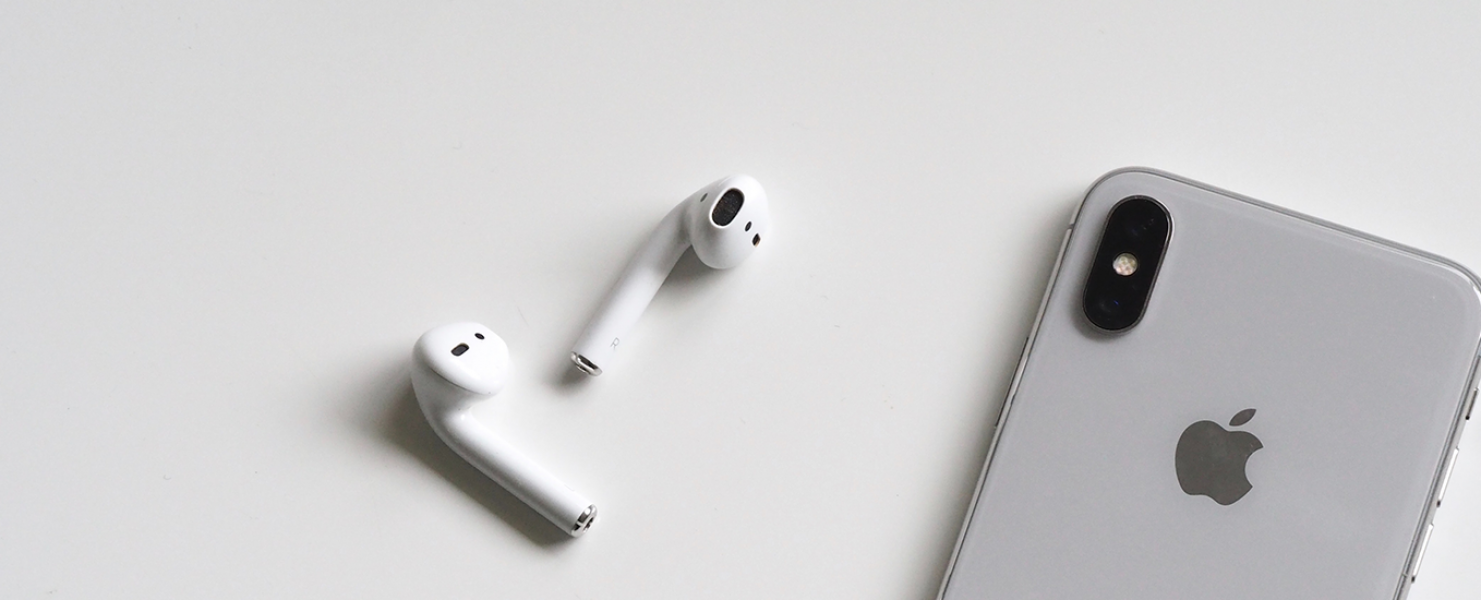






 Everyone that is into photography knows about Lightroom. It’s been one of the most popular photo editing programs for years now, and it doesn’t seem to be going anywhere. If you’re looking for a program that has everything you need to edit photos, then Lightroom is a great option. It’s also reasonably affordable, which is always a bonus.
Everyone that is into photography knows about Lightroom. It’s been one of the most popular photo editing programs for years now, and it doesn’t seem to be going anywhere. If you’re looking for a program that has everything you need to edit photos, then Lightroom is a great option. It’s also reasonably affordable, which is always a bonus. Adobe is like the Microsoft of the photo editing world. They have a range of programs that cater to all levels of users, from beginners to professionals. While their products can be expensive, they are worth considering if you want the best possible results. So, those are some of the best photo editing programs to use in 2022. We hope that this blog post has helped you choose the right software for your needs. If you have any questions, feel free to leave a comment below.…
Adobe is like the Microsoft of the photo editing world. They have a range of programs that cater to all levels of users, from beginners to professionals. While their products can be expensive, they are worth considering if you want the best possible results. So, those are some of the best photo editing programs to use in 2022. We hope that this blog post has helped you choose the right software for your needs. If you have any questions, feel free to leave a comment below.…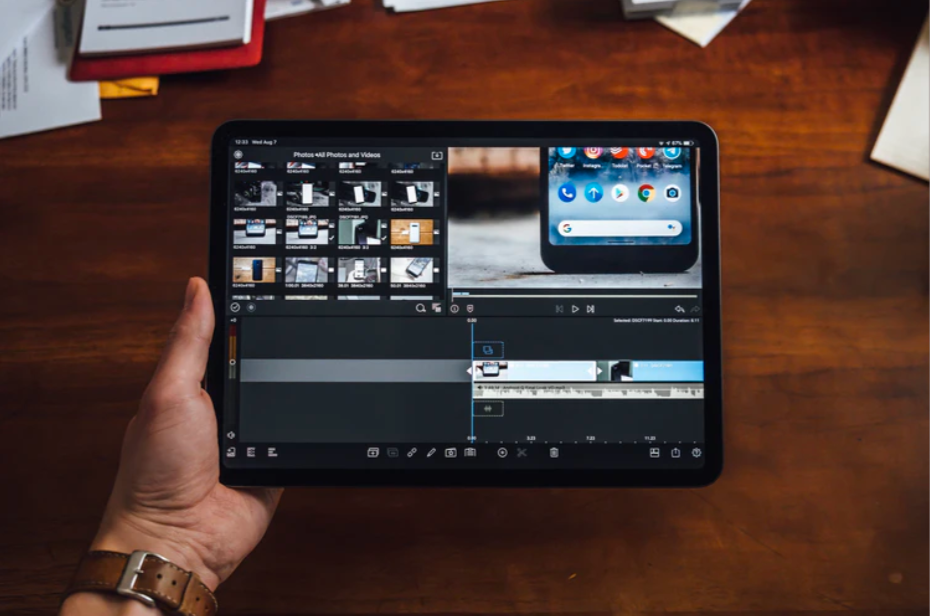
 Animoto is an iPad animation
Animoto is an iPad animation  FlipaClip, an animation maker app, can create traditional flipbook-style animations. FlipaClip is a free animation app that allows you to create animated cartoons. It combines simple but effective drawing tools with frame control to create impressive animations. FlipaClip is a powerful creative tool that can be used in classrooms. It can be used to create animation lessons and other lessons on subjects using creative methods to record and show knowledge. You can also use the app to draw with a brush, eraser, and other tools. You can create your animations with this free app. FlipaClip allows you to create animations on your iPhone quickly.
FlipaClip, an animation maker app, can create traditional flipbook-style animations. FlipaClip is a free animation app that allows you to create animated cartoons. It combines simple but effective drawing tools with frame control to create impressive animations. FlipaClip is a powerful creative tool that can be used in classrooms. It can be used to create animation lessons and other lessons on subjects using creative methods to record and show knowledge. You can also use the app to draw with a brush, eraser, and other tools. You can create your animations with this free app. FlipaClip allows you to create animations on your iPhone quickly.
 Sometimes, consumers may find it intricate to navigate the ocean of programs included in the official store, and this is when third-party sites become an integral part. In this case, most users choose the best ones found in an easy-to-use interface. All you have to do is browse through the available classes, learn more about the specific program, see screenshots, read the description, and finally go through the program store.
Sometimes, consumers may find it intricate to navigate the ocean of programs included in the official store, and this is when third-party sites become an integral part. In this case, most users choose the best ones found in an easy-to-use interface. All you have to do is browse through the available classes, learn more about the specific program, see screenshots, read the description, and finally go through the program store.  If you use an iPhone, you can be sure that you will get bombarded with fascinating applications. The software store offers audio players, movie players, movie editors, novel readers, and more to keep customers of most ages glued to their awesome gadgets. Free iPhone programs easily include publication readers that are compatible to read at .epub documents and comics. Individuals who like to read books will find these programs convenient, as they can directly download some paid or free titles from the store to start reading immediately. Similarly, comic book lovers will find interactive comic book software readers with their favorite superheroes to life. Some continuous updates and patches are available to ensure that the apps are well-planned with more new better functionality attributes.
If you use an iPhone, you can be sure that you will get bombarded with fascinating applications. The software store offers audio players, movie players, movie editors, novel readers, and more to keep customers of most ages glued to their awesome gadgets. Free iPhone programs easily include publication readers that are compatible to read at .epub documents and comics. Individuals who like to read books will find these programs convenient, as they can directly download some paid or free titles from the store to start reading immediately. Similarly, comic book lovers will find interactive comic book software readers with their favorite superheroes to life. Some continuous updates and patches are available to ensure that the apps are well-planned with more new better functionality attributes.

 Zestia Quantify is the out-of-market software installer of many iOS users. It is trusted by customers because it updates its software store so frequently. If you introduce something that is overridden by iOS, you can expect Zestia Quantify to fix the problem immediately. It’s as simple as installing Zestia Quantify on your phone, opening the app store, and choosing from its large store of programs. Therefore, it is convenient to utilize this app to remove some harmful apps on your phone.
Zestia Quantify is the out-of-market software installer of many iOS users. It is trusted by customers because it updates its software store so frequently. If you introduce something that is overridden by iOS, you can expect Zestia Quantify to fix the problem immediately. It’s as simple as installing Zestia Quantify on your phone, opening the app store, and choosing from its large store of programs. Therefore, it is convenient to utilize this app to remove some harmful apps on your phone.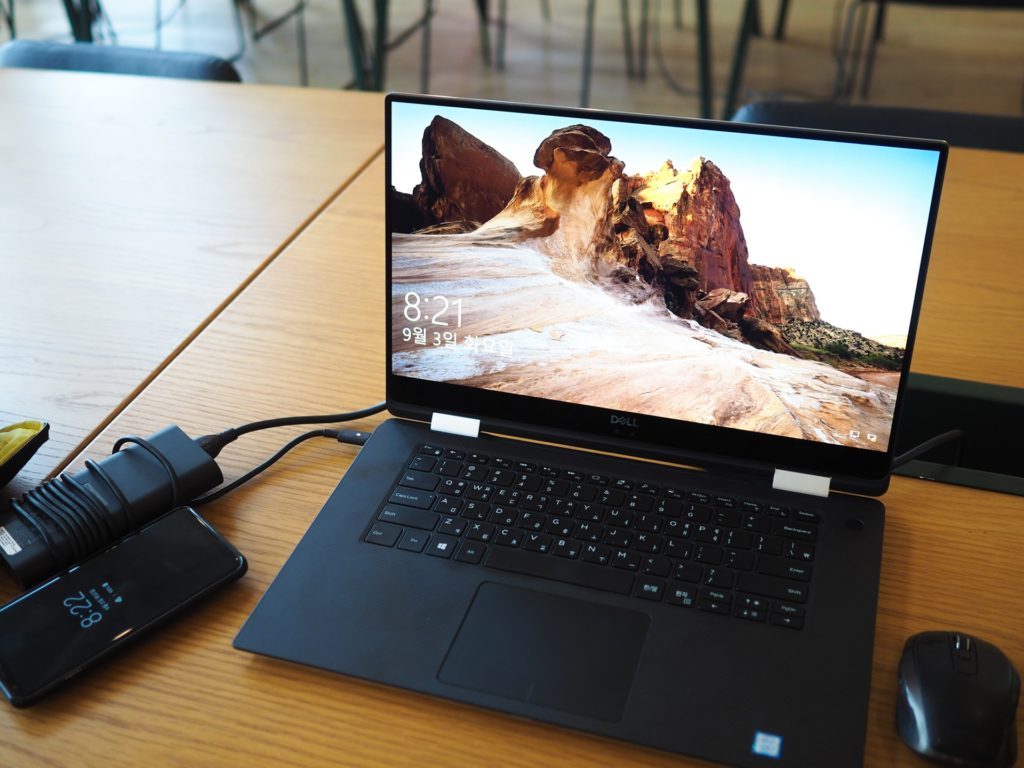
 Even though Dell has its first-rate lines, it has been entirely worthy of making phenomenal spending machines. The Dell G5 15 SE (2020) is an exceptional framework of this, advancing extraordinary AMD specs, particularly in the CPU zone, to hold down costs without compromising helpfulness. This is one of only a handful few gaming diaries that are direct and pass on phenomenal help at the expense, with a stunning screen without a doubt. Being a spending diary, a couple of repentances are done – unequivocally, its turn of events, and warming organization. In any case, for your spending plan objected, this is one of the most incredible gaming PCs available for gaming.
Even though Dell has its first-rate lines, it has been entirely worthy of making phenomenal spending machines. The Dell G5 15 SE (2020) is an exceptional framework of this, advancing extraordinary AMD specs, particularly in the CPU zone, to hold down costs without compromising helpfulness. This is one of only a handful few gaming diaries that are direct and pass on phenomenal help at the expense, with a stunning screen without a doubt. Being a spending diary, a couple of repentances are done – unequivocally, its turn of events, and warming organization. In any case, for your spending plan objected, this is one of the most incredible gaming PCs available for gaming. While this gigantic portable has a considerable weight of 5.95Ib to fit, it is a little cost to pay for such power inside – explicitly, tenth era chips just as 64GB of memory, notwithstanding Nvidia’s most grounded RTX and Super RTX cards. There isn’t anything that this scratchpad can oversee (or kill), which makes it a perfect representation of correctly what cutting edge work area substitution could be. That is, without referencing its 1080p screen promoting an incredible 240Hz invigorate speed and its solid form. Beset up to abuse this stash, as this won’t be affordable.
While this gigantic portable has a considerable weight of 5.95Ib to fit, it is a little cost to pay for such power inside – explicitly, tenth era chips just as 64GB of memory, notwithstanding Nvidia’s most grounded RTX and Super RTX cards. There isn’t anything that this scratchpad can oversee (or kill), which makes it a perfect representation of correctly what cutting edge work area substitution could be. That is, without referencing its 1080p screen promoting an incredible 240Hz invigorate speed and its solid form. Beset up to abuse this stash, as this won’t be affordable.


 AndAppStore usually is manageable and comprehensible. It’s likely to get in the store through the AndAppStore client, which you could download by disapproving of the QRCode on the ideal. You may similarly believe it to be the
AndAppStore usually is manageable and comprehensible. It’s likely to get in the store through the AndAppStore client, which you could download by disapproving of the QRCode on the ideal. You may similarly believe it to be the  First and foremost, it is the essential Opera, red, and dull issue. The imprint interface assists with reviewing stores of the strategy by which the imprint Facebook net application was made. All application stores don’t sell a similar application at an uncommon cost, making the other program store a drawing in venture into the commercial center to advance more rivalry. QuickOffice Connect versatile office bundle was four dollars less outrageous from the strategy of occasion than Android Marketplace on March 21st, 2011, selling for just $5.99 instead of the routine $9.99. PocketGear.com deals with the entire application stock.
First and foremost, it is the essential Opera, red, and dull issue. The imprint interface assists with reviewing stores of the strategy by which the imprint Facebook net application was made. All application stores don’t sell a similar application at an uncommon cost, making the other program store a drawing in venture into the commercial center to advance more rivalry. QuickOffice Connect versatile office bundle was four dollars less outrageous from the strategy of occasion than Android Marketplace on March 21st, 2011, selling for just $5.99 instead of the routine $9.99. PocketGear.com deals with the entire application stock.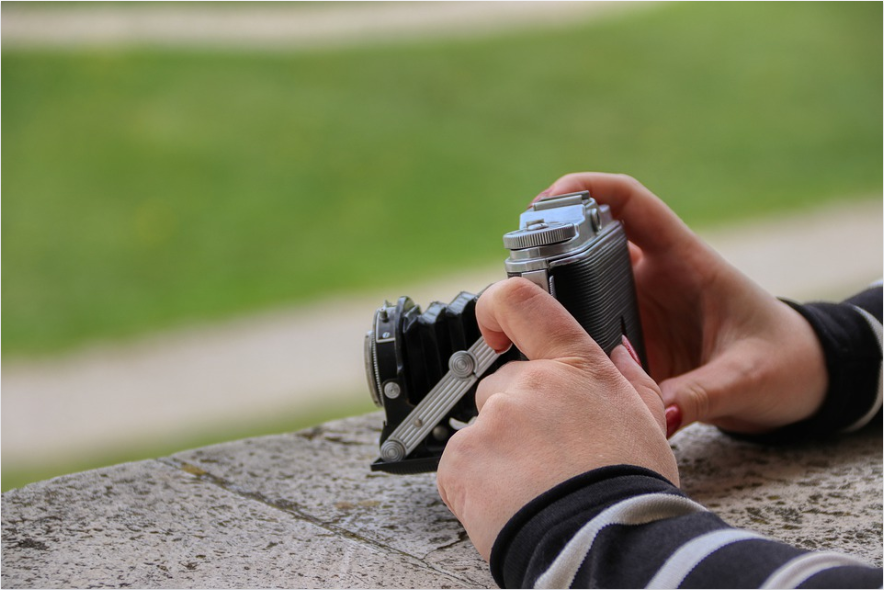

 Photography is the art of compromise. It is an art form that determines what artwork and how much it might cost to get it, and the choice of equipment is no different. It is like a video game, where the kit of a certain thing amplifies certain functions while others amplify them. You have to make sure that the stuff it weakens is compensated for, or that you could do without. Photography is very similar.
Photography is the art of compromise. It is an art form that determines what artwork and how much it might cost to get it, and the choice of equipment is no different. It is like a video game, where the kit of a certain thing amplifies certain functions while others amplify them. You have to make sure that the stuff it weakens is compensated for, or that you could do without. Photography is very similar. 






 Klipsch stone speakers have been modeled to look just like actual garden stones. The speakers have been integrated into this stone-like casing itself, and also seem straight from Flintstones. The stone, similar to the enclosure, is UV resistant and extremely durable. You may drop these speakers out of 10 feet and have them working in addition to brand new. While aesthetics are not a huge consideration when you’re buying speakers, the exceptional design of those’stone’ speakers tends to turn people off entirely or turn them into instant fans. Going past the plan, should you look inside in the center of those speakers, you’ll discover a robust setup that’s more than capable of providing a fantastic audio performance, regardless of the setting. Despite their intimidating look, these speakers consider only 5.9kg.
Klipsch stone speakers have been modeled to look just like actual garden stones. The speakers have been integrated into this stone-like casing itself, and also seem straight from Flintstones. The stone, similar to the enclosure, is UV resistant and extremely durable. You may drop these speakers out of 10 feet and have them working in addition to brand new. While aesthetics are not a huge consideration when you’re buying speakers, the exceptional design of those’stone’ speakers tends to turn people off entirely or turn them into instant fans. Going past the plan, should you look inside in the center of those speakers, you’ll discover a robust setup that’s more than capable of providing a fantastic audio performance, regardless of the setting. Despite their intimidating look, these speakers consider only 5.9kg. These durable speakers feature a UV resistant, dustproof enclosure using a rust-proof aluminum grill. The most effective one is your Klipsch AW-650 exterior speaker that provides 85 watts of constant, 340 watts of peak power and includes a 1″ titanium dome tweeter to provide high frequencies with extreme clarity. This is a really durable and highly effective speaker that produces crystal clear sound. A couple of them around the pool will probably be more than sufficient to power your outside parties.
These durable speakers feature a UV resistant, dustproof enclosure using a rust-proof aluminum grill. The most effective one is your Klipsch AW-650 exterior speaker that provides 85 watts of constant, 340 watts of peak power and includes a 1″ titanium dome tweeter to provide high frequencies with extreme clarity. This is a really durable and highly effective speaker that produces crystal clear sound. A couple of them around the pool will probably be more than sufficient to power your outside parties.



 The way to do it is to find a software. Do you want to get it, or would you rather have a program on your phone? If you try to use it to see if it can emulate something you have learnedWays to Test Websites Using Mobile Emulator , get an emulator, or call a friend.
The way to do it is to find a software. Do you want to get it, or would you rather have a program on your phone? If you try to use it to see if it can emulate something you have learnedWays to Test Websites Using Mobile Emulator , get an emulator, or call a friend. Keep up to date with all the updates that are made to an emulator program. If there is a problem, it is worth updating it, or you can add support. If you have found that software updates are unreliable, you can decide to wait and try to distribute the patch. Avoid using old software for which there is no help because new software technologies are coming in that you may want to show off.
Keep up to date with all the updates that are made to an emulator program. If there is a problem, it is worth updating it, or you can add support. If you have found that software updates are unreliable, you can decide to wait and try to distribute the patch. Avoid using old software for which there is no help because new software technologies are coming in that you may want to show off.

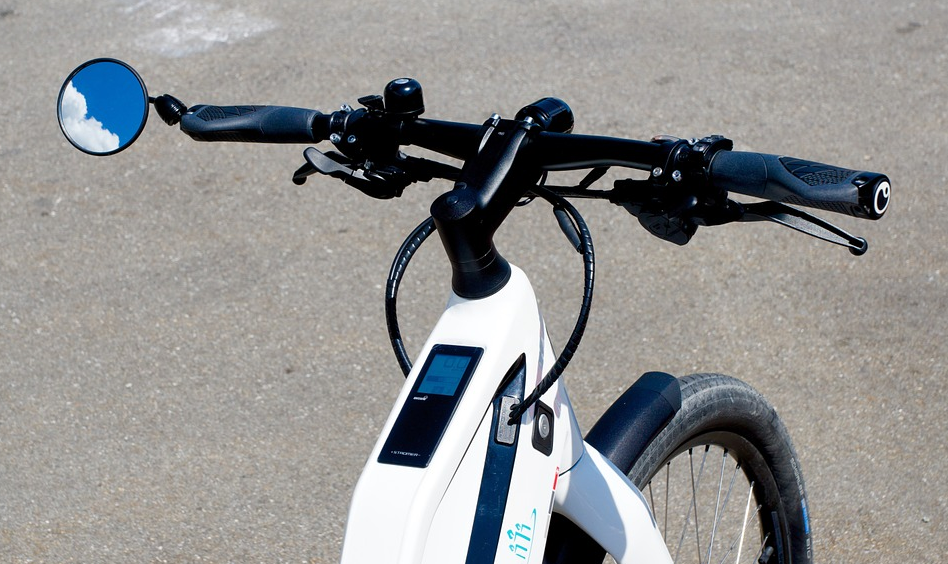






 An excellent game website will enable you to expand your customer base even further. Web design companies will find you on Google that claims to improve your game website design. It is a decision that could affect your business. What would be the situations you should consider when choosing a web design company? Let’s have a look at how important when selecting a game website designing company.
An excellent game website will enable you to expand your customer base even further. Web design companies will find you on Google that claims to improve your game website design. It is a decision that could affect your business. What would be the situations you should consider when choosing a web design company? Let’s have a look at how important when selecting a game website designing company. Your website is an effort, and as it develops, you will want to promote your business by advertising the use of your website through a variety of services. Make sure that the game website design company of your choice offers all services such as internet advertising, service, hosting, domains, copywriting, graphic design solutions.…
Your website is an effort, and as it develops, you will want to promote your business by advertising the use of your website through a variety of services. Make sure that the game website design company of your choice offers all services such as internet advertising, service, hosting, domains, copywriting, graphic design solutions.…